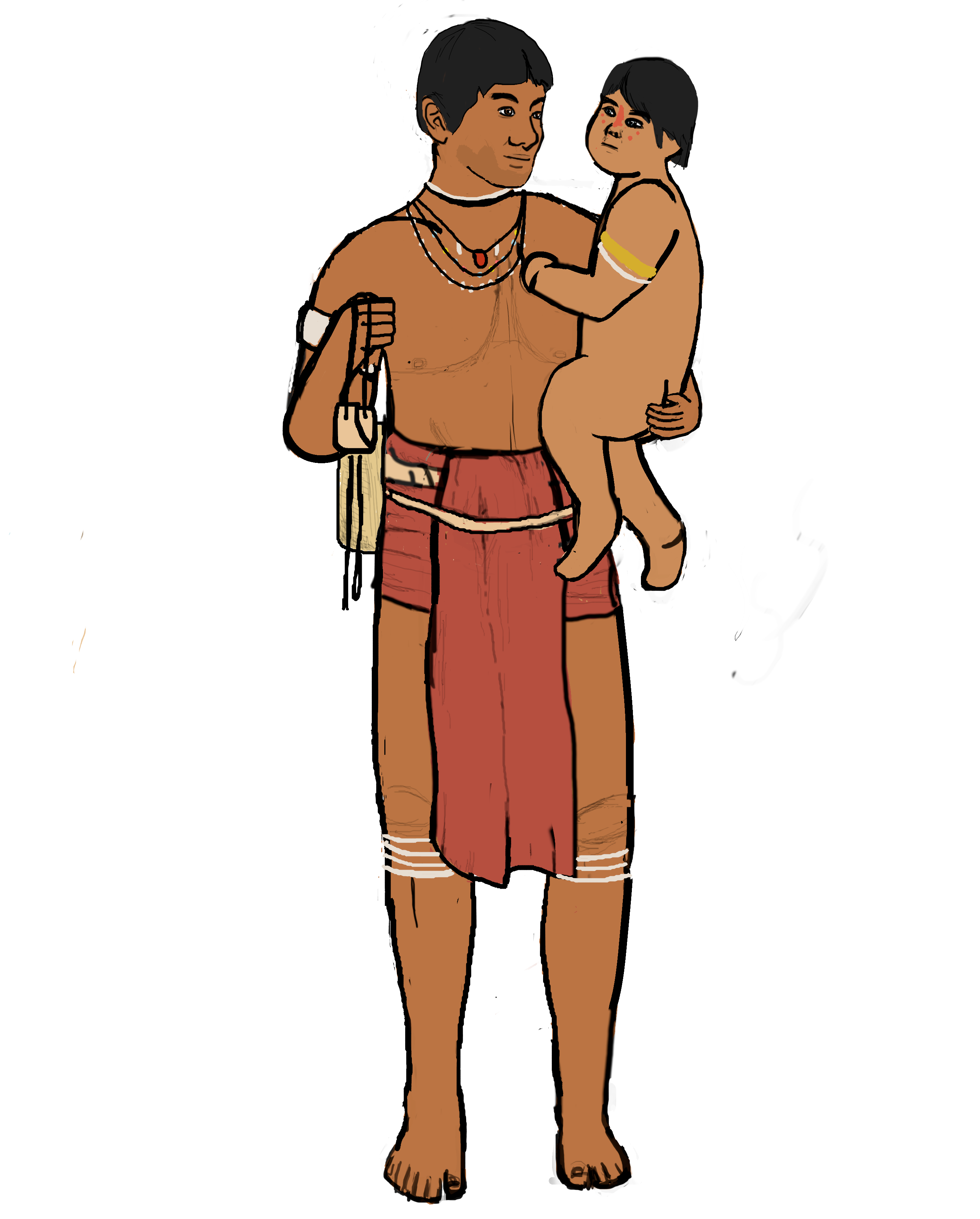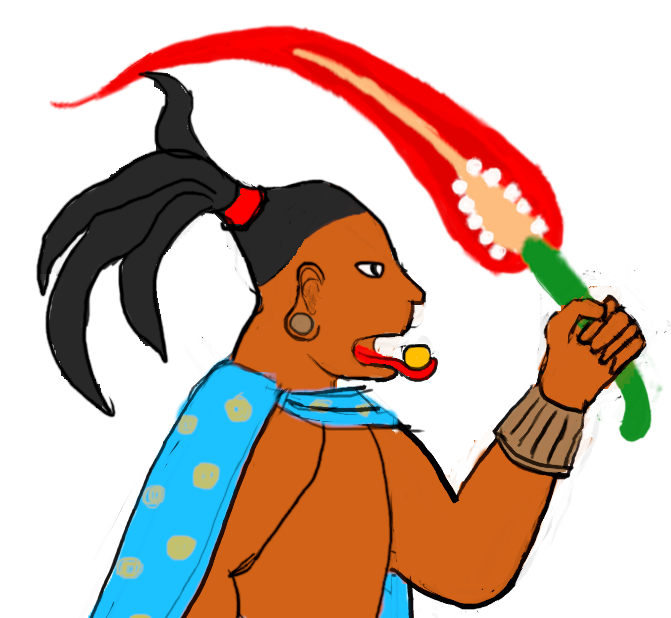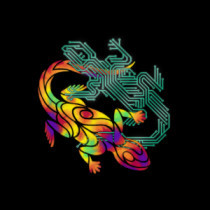Caač language
Caač (IPA: [tsa:tʃ]) languages are spoken by the Caač people, of the desert of the Pillar Mountains. The Caač people are hunter-gatherers, but they also take the change of robbing any incautious travellers, and trade often with the people of Tášá. The Caač language family is small, and the degree of mutual intellegibity is high, because the Caač communities are small, and regularly in contact with each other. However, some grammatical differences suggest that the divisions inside the family are ancient, and the different languages have existed in a relatively stable relationship for a long time. The Caač languages don't seem to be related to any major languages on the Southern Continent. However, it seems to be the source for some loan words. Most notably Nem nanra 'desert' seems to come from Caač nrä 'land, hunting grounds'.
Writing System
The Caač language is not written.
Geographical Distribution
Sociolinguistics
The mainland Caač live mostly by themselves, but occasionally travel to the settlements in the borders of their region. In the North they are known to trade with the Tasalians, usually trading hunting products or seafood for metal tools, fabrics and agricultural products. The Caač language is not commonly known to the Tasalians, but the Caač usually know some Nem (Faren language) or tasal language, however, a few experienced Caač interpreters can be found in Tášá. The Caač also meet Great Plains Nomad tribes while further inland, and trade with them, usually using a pidgin language mixed from both of their languages. On the Irin i heš the situation is very different: they live in the vicinity of settled Zeribians. They have staple trade relationships, and some are required to pay regular tribute to the Zeribians. Some Island Caač have also adopted a sedentary lifestyle, and the communities are switching into speaking Ngad i zerib. Some Caač have also been forced into slavery in the Zeribian copper mining communities, where the workers are purposefully denied of their cultural heritage. Most island Caač are however still practising the traditional lifestyles and most of their languages are not threatened.Phonology
| bilabial | alveolar | lateral | palatal | velar | glottal | |
|---|---|---|---|---|---|---|
| plosive | p | t | k | |||
| nasal | m | n | ||||
| fricative | s š (ʃ) | ɬ | h | |||
| affricate | c (ts) č (tʃ) | tɬ | ||||
| approximant | w | l | j |
| front | central | back | |
|---|---|---|---|
| close | i | u | |
| mid | e | ø | o |
| open | ä | a |
Morphology
Verbs
The Caač verbs have five tenses: present, past, remote past, future and remote future. The verbs agree in 3 persons, and 3 numbers (singular, dual and plural). Here is the conjugation of pata 'to be' in present and past tenses:| person | singular | dual | plural |
|---|---|---|---|
| 1 | patassukaw | patassoow | patässätaw |
| 2 | patassukan | patassoon | patassätän |
| 3 | patassuk | patassoo | patassät |
| person | singular | dual | plural |
|---|---|---|---|
| 1 | pataɬukaw | pataɬoow | pataɬätaw |
| 2 | pataɬukan | pataɬoon | pataɬätän |
| 3 | pataɬuk | pataɬoo | pataɬät |
Nouns
Similar to the verbs, the Caač nouns decline in 3 numbers. The nouns can also get possessive suffixes for any person:sismisuän-aw - my sleeping mat
sismisuän-än your (sg) sleeping mat
sismisuän-s his/her sleeping mat
sismisuän-ät-aw - our sleeping mat
sismisuän-ät-än - your (pl) sleeping mat
sismisuän-äts - their sleeping mat
Noun classes
Caač has a complex noun class system. All the nouns are classified first into one of three categories:
animate (-e), dangerous/respected things (-oo) or inanimate. The inanimates are further classified according to the shape into three dimensional (-t), flat (-min), long (-haw) or hollow/container (-paa). The nouns don’t carry class specific endings. The class is marked on the definite article, and attributes such as adjectives. kaa caač šlääke ‘the big man’ (animate) kasoo caačpiičo šlääkoo ‘the big dragon(literally: man-eater)’ (dangerous) kahaw pleen šläähaw ‘the big spear’ (long) kapaa šišmisuän šlääkøpaa (container, it is slept in)
Syntax
‘I saw a scorpion going into your sleeping mat!’ Kaa caač kwakaɬuk seec ‘the man killed a deer’ Kasoo caačpiičät šlääkoo suänassät uh kamin nrä ‘The big dragons live in the desert’







I love this. This is really cool but I can't read all the letters. Could you maybe add phonetic symbols?
All should be in proper IPA now! ɬ might be a problem, but it's the actual IPA for the lateral fricative, it's only a rare sound. And ä ei either IPA [ä] or [a] while a is the back a [ɑ], but it might be confusing to indicate that in the chart, because I'm too lazy to use ɑ in the examples.
thanks!
Thank you for the suggestion :) (I'd appreciate a like too though, if you think it's worth it :D I'm barely hanging on the most liked languages list for WE xD)
Huge thanks <3 xD